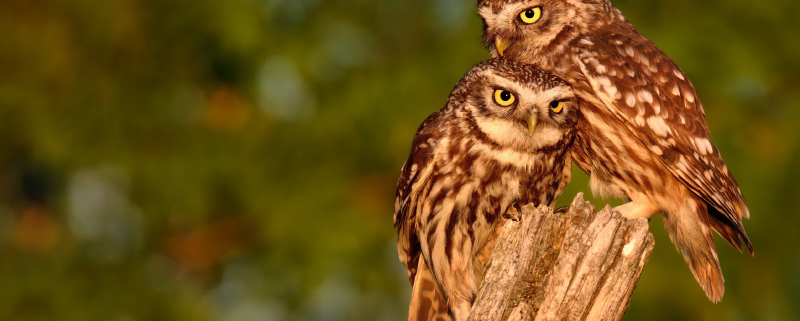Retaining Simplicity in Recognizing Conservation
Humans love to complicate things. We all know that if we eat natural foods and exercise, we increase our chances of being healthy. Yet this has not stopped the growth of an entire industry of diet plans, cookbooks, and personal trainers to help us build complicated paths towards healthier lives.
The conservation world has done much the same to the simple act of improving a habitat or an ecosystem. We know if we plant the right things, at the right time, in the right place and manage them in the right way, we will see a healthier habitat and an increase in biodiversity. Yet an entire industry has developed to measure and monetize these activities and their outcomes in complex and expensive ways that can, at times, diminish the power of simple conservation actions and elevate human-centered, human-made targets over natural ones. This introduced complexity may even cause budding conservationists to pull away, fearing their efforts may be viewed as worthless.
In this world where the challenges facing our natural resources are complex, when a connected planet creates impacts far from the source, and where multiple forces are acting on wildlife populations and ecosystems, it’s indeed important to develop comprehensive tools for measurement and planning—but let’s use these tools to complement and not devalue the simple act of human-scale habitat restoration or ecological enhancement.
A typical Wildlife Habitat Council habitat enhancement program undertaken by a team of employees at a member facility somewhere on this planet has three key aspects: it enhances the ecosystem, it engages employees in design and implementation, and it connects with communities through education or recreation activities. Such a program may improve ecosystem services, may be part of a larger landscape-scale effort, and may even implement a Conservation Business Plan objective contained within a consensus-defined logic model but that’s not mandatory.
At the Wildlife Habitat Council, a program is always counted toward the goals it sets for itself – will the habitat be better at the end, will the employees be glad they engaged in this project, and have community members learned about a conservation topic in their own backyards?
If we only counted the efforts of our members under complex systems like ecosystem service measurement, many would fail and would do so for two main reasons. The first is that they have not designed the project to improve ecosystem services and the second is that they don’t have the budget necessary to measure baseline services, let alone improvements to that baseline.
The Wildlife Habitat Council is currently examining what counts in an ecological and educational framework and what we count in our application system in an effort to enhance our certification program. As we progress through this examination, engaging world-renowned experts and launching conversations around a myriad of conservation topics, we must resist the siren call of complexity and focus instead on the innate simplicity contained in nature and the ability of the humblest act to make a positive difference.

